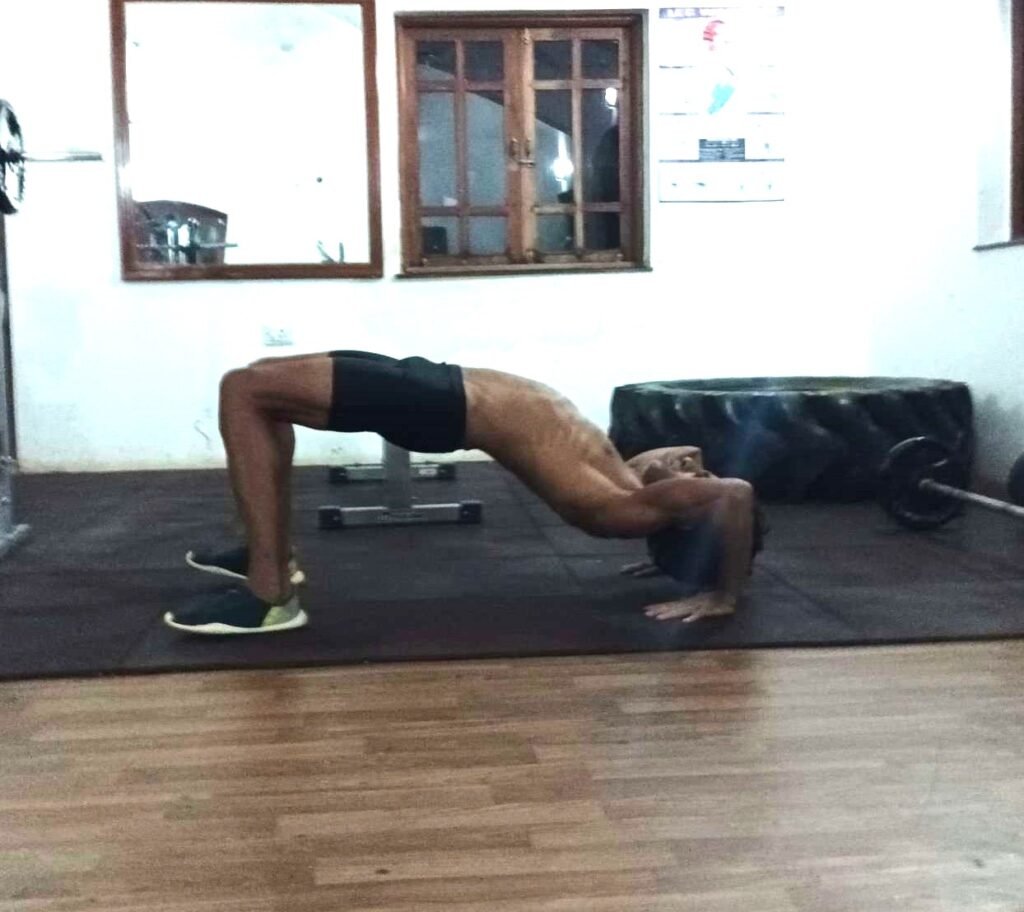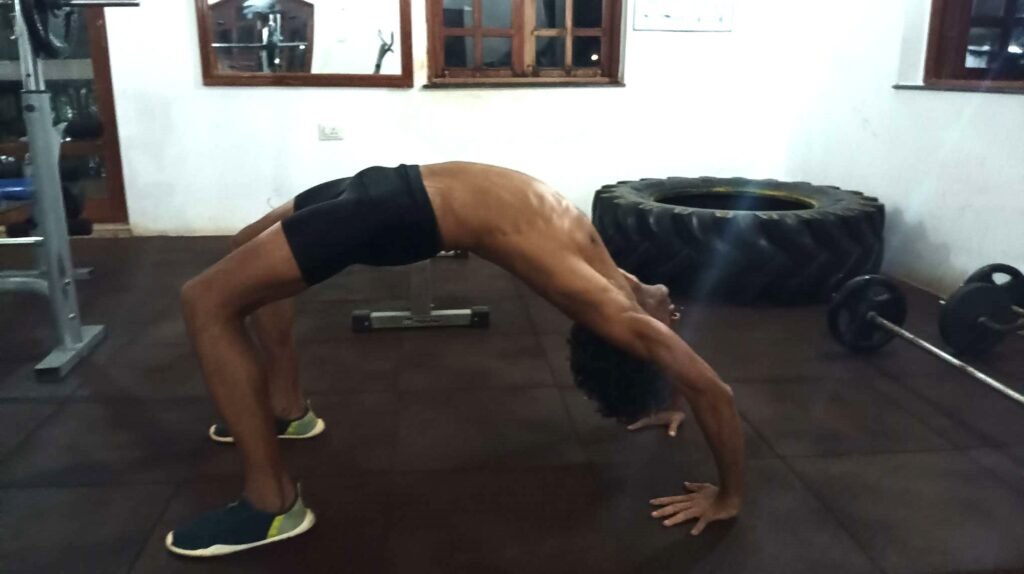Running used to bring us great joy when we were kids, but it seems to fade away for many in their thirties. We get busy with other things in life like career, business, wedding, kids’ education, travel and holidays, financial freedom, investments, etc. All those things are important, no doubt, but that does not mean we allow our health and fitness to take a backseat while pursuing them. If you are above 40, you may have already started developing mobility issues like muscle stiffness or back pain.
To make things worse, we make unhealthy lifestyle choices like binging on heavy food, crouching up in front of our computers, and spending countless hours on a couch in front of a TV or mobile phone. Unhealthy lifestyle choices and a lack of physical exercise are bound to take a toll on our health. Many people wake up to the consequences of poor health and fitness in their 40s, sometimes when the doctor points it out to them.
You cannot change the past, but the future can be different
What’s done is done, but now it’s time you did something to reverse the trend and revive your health and fitness. Well, it’s easier said than done, because it is not easy to bounce back after 40, especially if there is a long gap of not doing regular workouts. Your muscles are not as strong as in the past, and your joints will have lost mobility and range of motion.
You will need to thread slowly to build your strength and confidence. Remember that you cannot reverse your condition in a few days or weeks. You may start with short sessions, like for about 30-40 minutes a day, but try to make it for six days a week.
Once your muscles and lungs gain more strength, your body will ask you to spend more time in the sessions. The idea is to not injure yourself by overdoing something, and then being forced to go out of action. Progressions take time, but you will know when your body is ready for the next level. You got to remember that progression levels can also slide down if you are not consistent with your efforts.

Running and back pain
Running is one of the best ways to stay fit and healthy, but it puts considerable pressure on our bodies. You will feel the impact of the run and sore muscles at the end of each session. That is natural and will go down when you rest your body. With experience, you will learn to differentiate the normal impact pain from injury pain.
Some people feel inflammation in the muscles and joints of their lower back. It can worsen, and they may require medical attention. On the other hand, it could also resolve itself even if you continue running. I believe that back pain is not a reason to stop running unless the injury is severe or unbearable. Muscle tears during workouts are not uncommon, more so expected after the forties. Let us understand the reasons for back pain in runners.
Common Reasons for Back Pain After Running
If you are starting new or returning to running after a long break, you may experience pain. Actually, you will experience it for sure. The pain level may vary from person to person, but it will be there. It can range from mild to severe pain and may increase if you continue to push harder. In most cases, running is not the cause of the pain. There may be a few underlying conditions causing it.
- Weak core muscles – If your core muscles are weak, they cannot take the running load. It can result in muscle fatigue or tear and cause injury to your spine. To prevent such injuries, you need to strengthen your deep core muscles.
- Poor posture – Many runners run with poor form or posture. Avoid the C-shaped arch in the back, as it causes continuous strain on the lower back. Therefore, you need to improve your posture with stretches or strength training. Never let your form go limp until the last step of your run. Never drag your feet while running or walking.
- Poor Footwear – Poorly designed running shoes can affect your foot and running form. That, in turn, can affect your hips and, ultimately, your lower back. Therefore, you need to wear running shoes that are made for shock absorption. Also, you must change them once they lose shape and start wearing off. Regular runners burn one pair of shoes once every 2-4 months.
When you need to consult a doctor or physio –
- Joint Pain (arthritis) – Arthritis is a common joint problem that worsens with age. It causes the loss of joint cartilages that cushion our muscles. If stressed, joints can become brittle and lead to inflammation, which could cause back pain. In such a case, you must get your body assessed by a specialist physician to understand your pushing limits.
- Herniated Disc – The discs in the spine do the vital work of absorbing shock while you run. Some of these discs can become weak with ageing or due to some injury. If you put pressure on the herniated disc while running, it can lead to pain and sometimes even sciatica. In such a case, you must work with a physiotherapist and do the prescribed exercises. You could do walking instead of running till the issue is resolved. Just don’t stop your exercises completely.
Treatments for Back Pain
You can try home remedies like hot or ice packs and proper rest to reduce inflammation. A soft massage with pain cream can help loosen the muscles, but make sure you do not aggravate the injury. If you are unsure how to do it, it is best to visit a physiotherapist.
You could use the foam roller or massager, but only if you know the correct way to use it. Once the pain reduces in a few days, you will need to start working on strengthening and rehabilitation. Rest can help reduce the inflammation, but you must move your back muscles and joints to rehabilitate properly. You can start with short strides and low intensity.
If the back pain persists for more than 3-4 days, don’t wait any longer. Just book for an appointment with your doctor.
Back pain prevention tips for runners
- Never avoid the warm-up session before running. It helps increase blood flow to the muscles and loosen them up.
- Do hamstring stretches at least once or twice a day.
- Do at least one session of yoga a week. The poses will stretch your muscles and improve your mobility.
- Start with a slow pace because the muscles will be stiff for a few minutes. Once they become warm and supple, you can increase the speed and intensity.
- Run on softer tracks to prevent stress on your body, but you must eventually strengthen your body to run on hard and uneven tracks.
What I think about it
Back pain can happen to anyone for various reasons, but the chances are higher for people who sit for long hours with wrong posture. You are less likely to hurt your back while running than at your work desk, especially when you reach out to something on the side or behind you. A bad mattress and improper lifting of a heavy object can also cause back pain.
However, you could strain your back while running down the slopes, especially when you step hard on a sudden dip in the terrain that you failed to notice. It is also because we tend to relax our form a bit while going the slope and allow the gravitation force to do the job. If your form is too relaxed or even too tight, the impact will hit you harder. You will feel it cascade all the way to your back. You need to be strong and flexible at the same time to reduce the impact on the back.
Most of the time, the problem will catch you unaware. You need to train your mind to maintain your running form even when you take a wrong step. To prevent back and knee injury, you must engage your core muscles while running down the slopes. It helps to reduce the impact of uneven terrain on your back.
I never had any case of severe back pain except for a few instances of small muscle tears that got resolved in 1 to 2 days.
Here are a few things that I do that help –
- I do the pre-run and post-run stretches of 10-15 minutes each.
- Core muscle training, like sleeping leg raises for abs help in strengthening back muscles.
- 60-70 minutes of Yoga once a week.
- Two swimming sessions every week. It helps to strengthen the upper back muscles (scapula and rhomboids), and the lats muscles that run from the sides to the lower back.
- Hanging and bodyweight exercises.
Useful workouts to strengthen your back muscles
You can strengthen your back by training other supporting muscles like abs, glutes, and hamstrings. Some of the exercises that can help are planks, pushups, hip thrusts, bridges, hanging leg raises, sleeping leg raises, side planks, hip opening and lumbar rotation stretches, side flexions, and hanging leg raises. Cross-training will also help runners develop strong back muscles. Some of my favorites are swimming, bicycling, kayaking, ping pong, dancing, and yoga.

Ankles and knees are the first line of defense against running injuries. Strong knees and ankles work as shock absorbers and will effectively protect your back. Strong shoulders and back muscles allow you to maintain a good form throughout the session. Running is an art that helps you understand your body. By complementing it with strength and flexibility training, you should be able to avoid serious injuries to your back.
A very good knowledge for fitness
Thank you 🙂